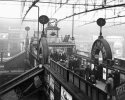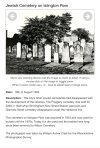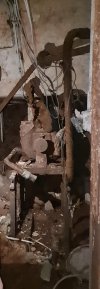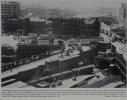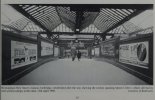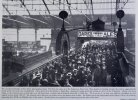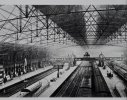Just to avoid any confusion this is from Wiki
New Street station was built in central Birmingham by the
London and North Western Railway (LNWR) between 1846 and 1854, on the site of several streets in a marshy area known as "The Froggery"; it replaced several earlier rail termini on the outskirts of the centre, most notably
Curzon Street, which had opened in 1838 and was no longer adequate for the level of traffic.
[6] Samuel Carter, solicitor to both LNWR and the
Midland Railway, managed the
conveyancing.
Until 1885, the LNWR shared the station with the Midland; however, in 1885, the Midland Railway opened its own extension alongside the original station for the exclusive use of its trains, effectively creating two stations side by side. The two companies' stations were separated by a central roadway, Queens Drive.
[6] Traffic grew steadily and, by 1900, New Street had an average of 40 trains an hour departing and arriving, rising to 53 trains in the peak hours.
[7]


